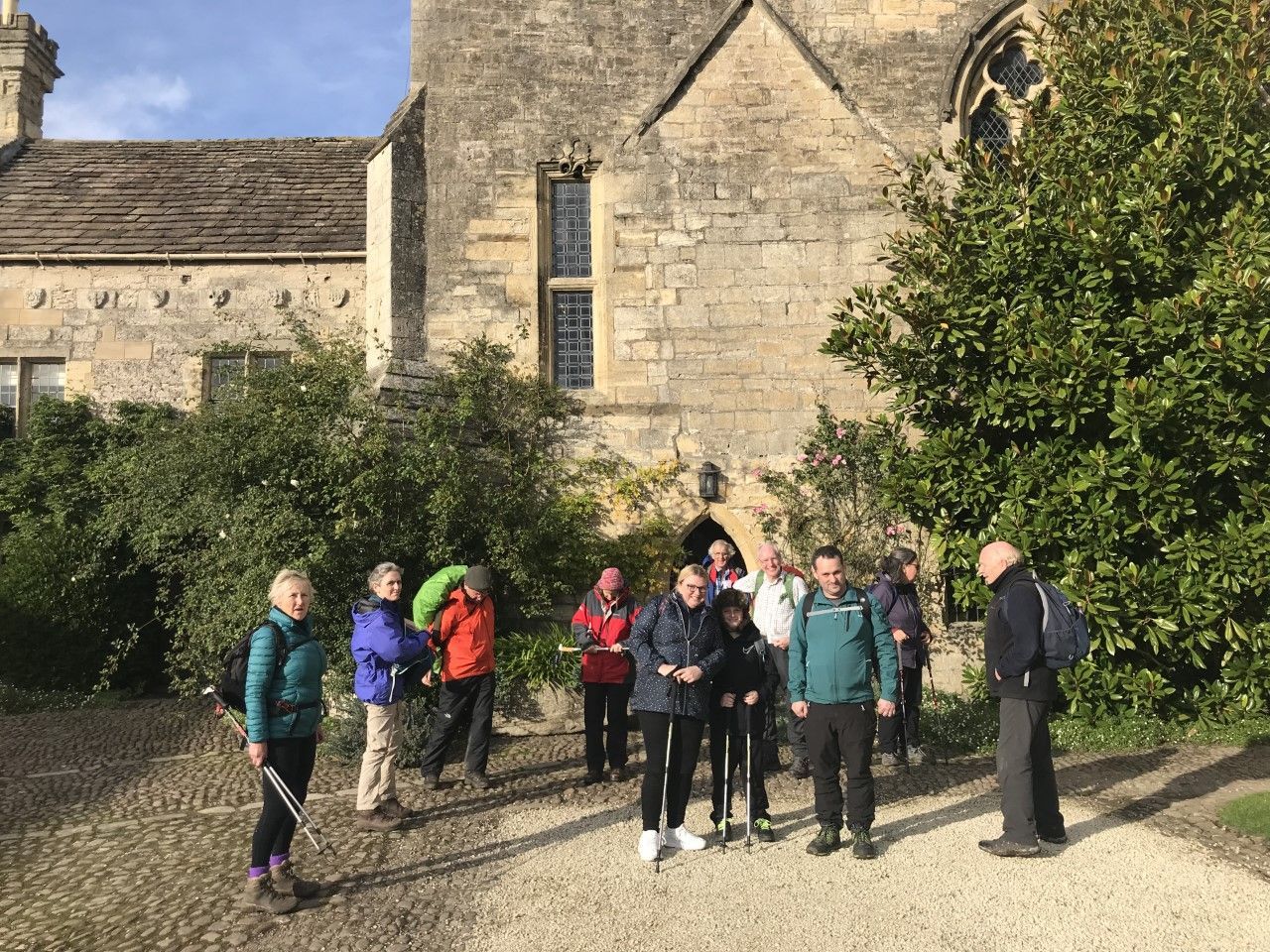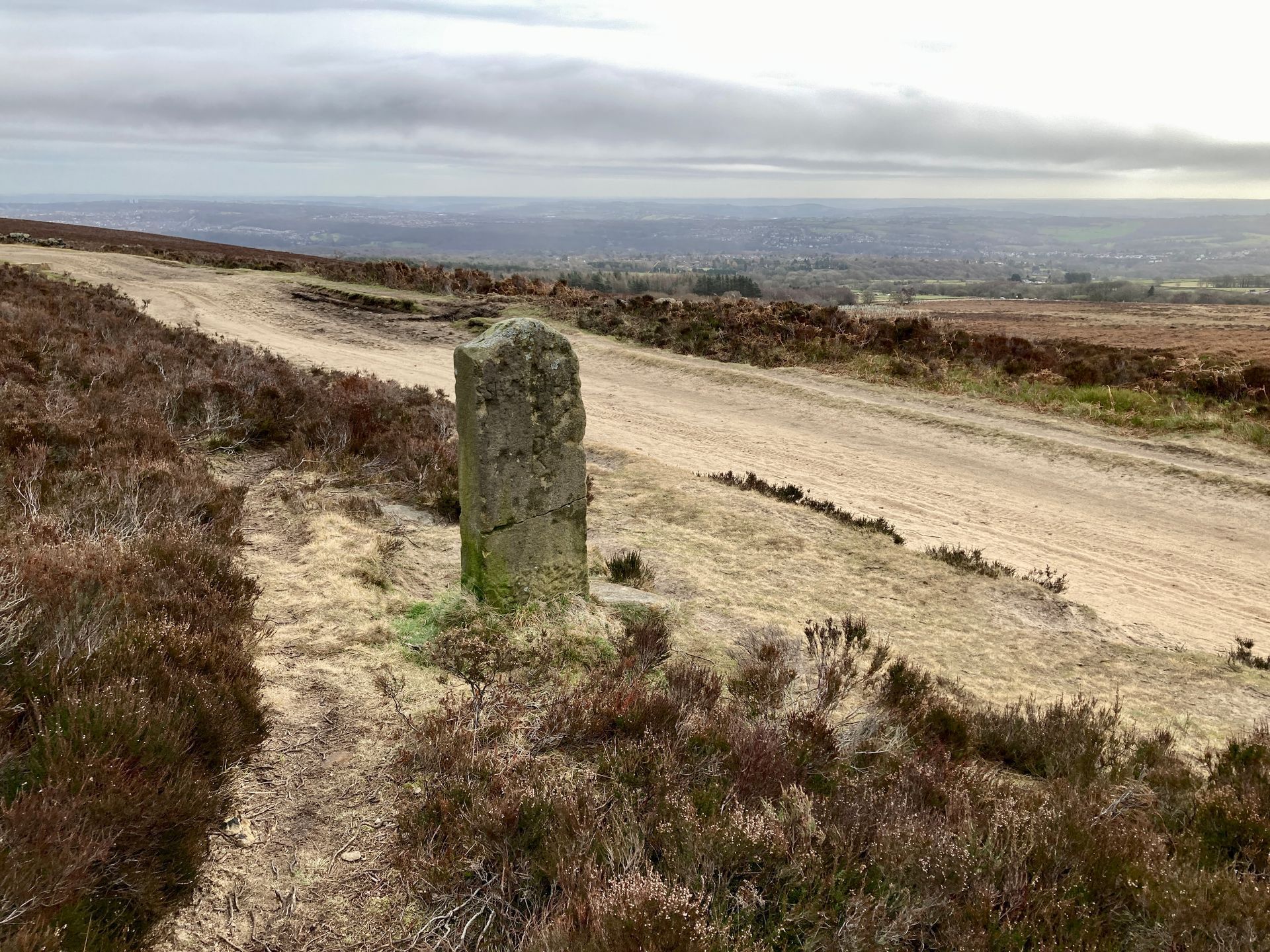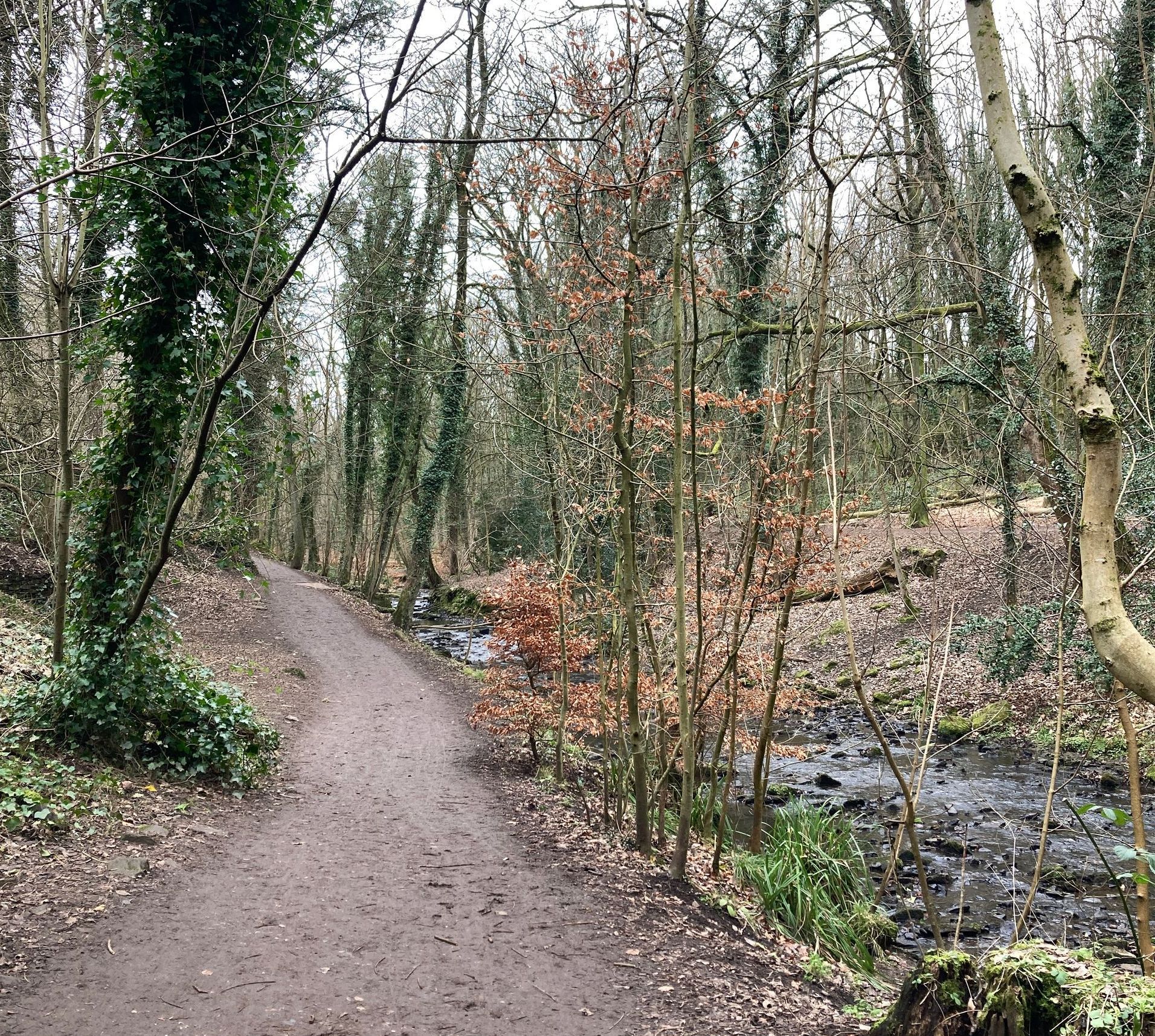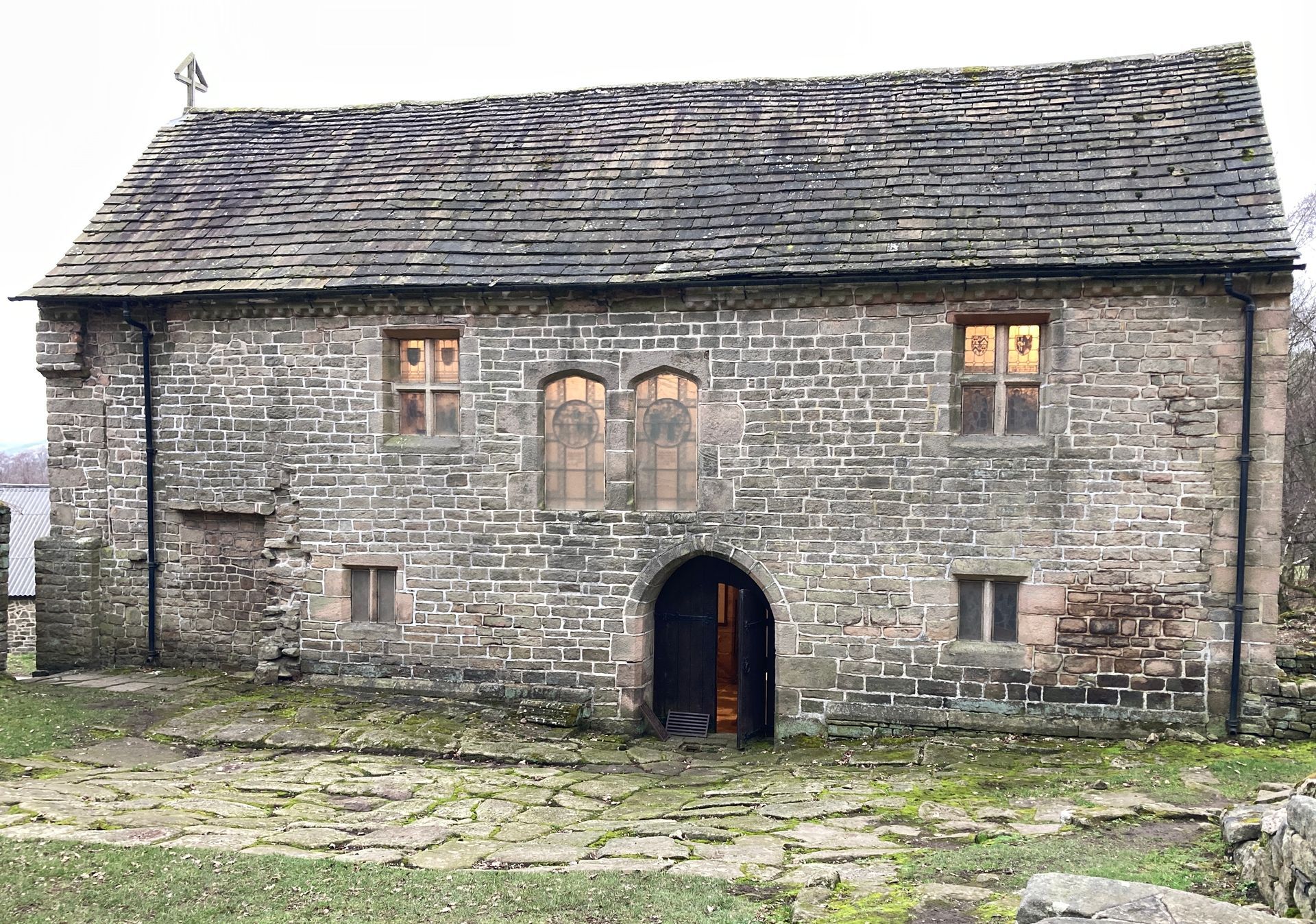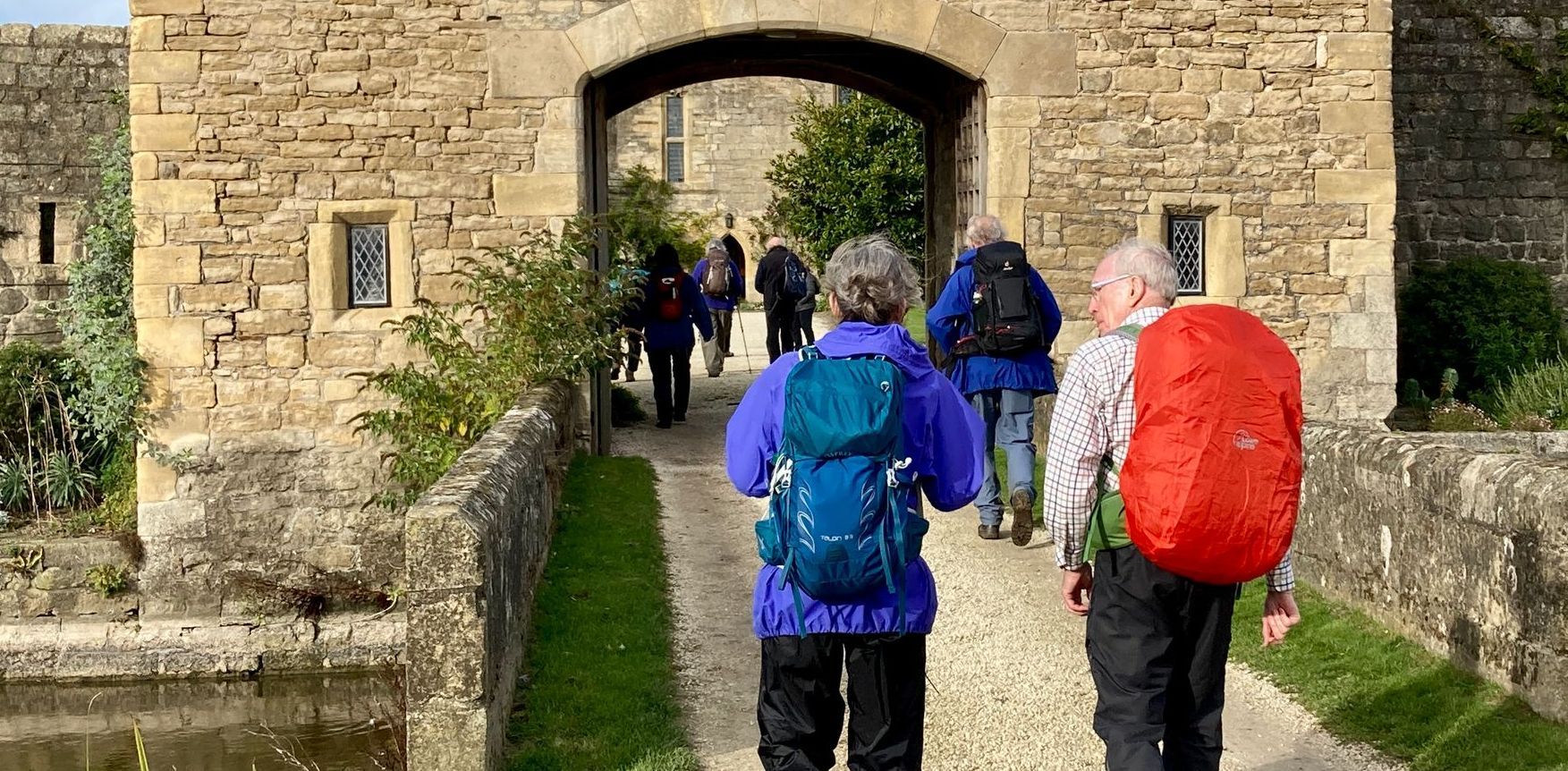The Padley Martyrs Way
A Pilgrim Way for the Diocese of Hallam from the St Marie's Cathedral in Sheffield to the Chapel of the Padley Martyrs in Upper Padley
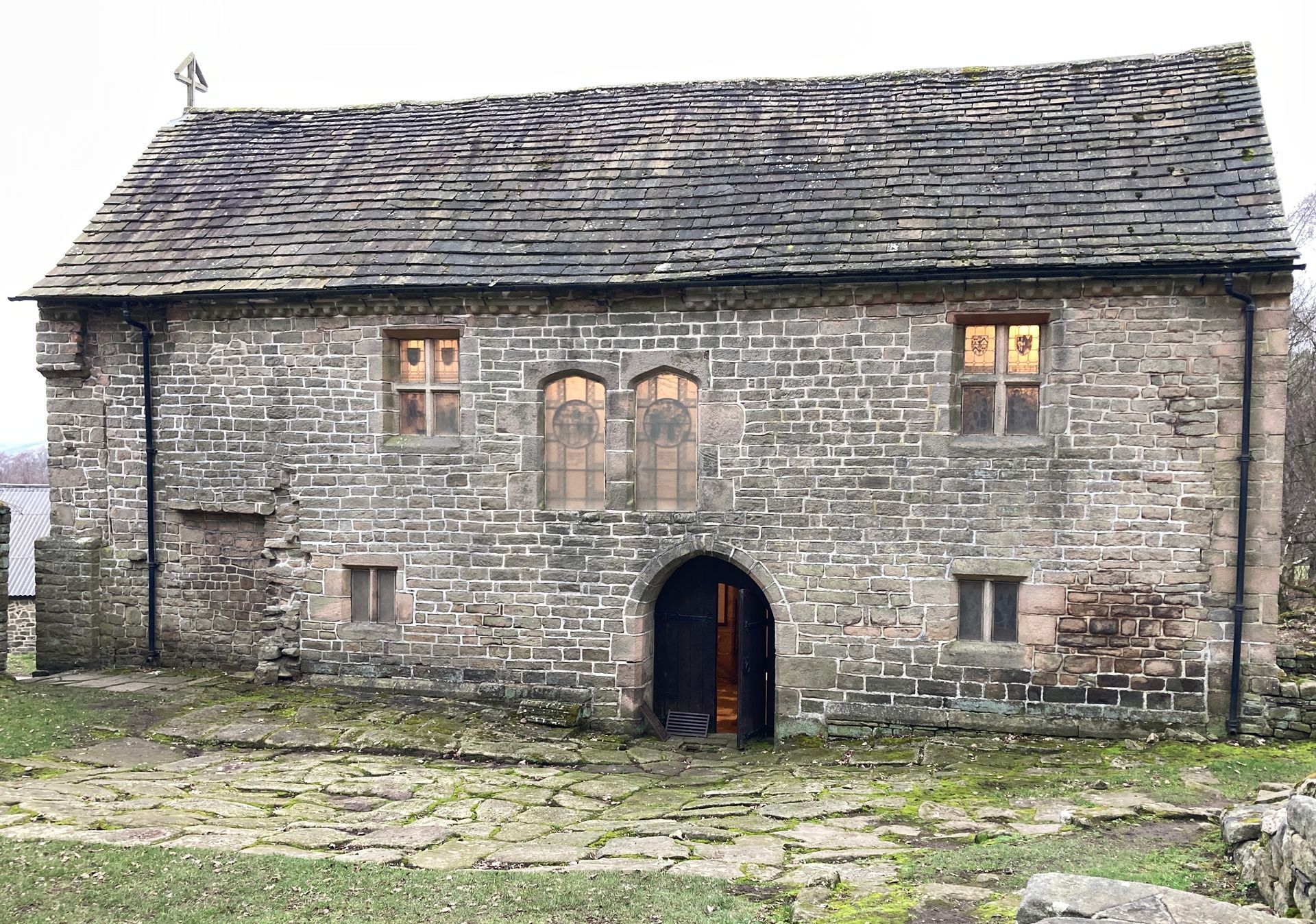
The Chapel of the Padley Martyrs
About the route
The Way ends at the Diocesan Shrine of the Chapel of the Padley Martyrs at Upper Padley. The Chapel is on the site of Padley Hall where Frs. Nicholas Garlick and Robert Ludlum were arrested on the charge of being Catholic priests. They were taken to Derby and executed there in July 1588.
The route passes the Anglican Sheffield Cathedral and then heads through the University of Hallam area to exit the City along Porter Brook through Endcliffe Park. After passing the Norfolk Arms at Ringinglow the route ascends Houndkirk Moor and then descends beside Burbage Brook to reach Upper Padley and the Martyrs Chapel in the Hope Valley.
You can find out more about the Way and download the GPX file by clicking on the LEARN MORE tab in the
interactive map below
Guidance
Using the tabs in this section you can find the information you need for your pilgrimage.
The Outer Way provides practical advice about the route.
The Inner Way describes the spiritual highlights.
Using the button below you can download details of the inner and outer ways and the walking guidance and maps.
Stages: route, food & drink, accommodation and public transport
1. Cathedral of St Marie to Ringinglow: 5.67 miles
The Cathedral can be reached by foot from the railway and coach stations which are both within easy walking distance. The Pilgrim Way route visits the Anglican Sheffield Cathedral and then the heads west, through the Hallam University campus to reach Endcliffe Park. It then follows Porter’s Brook out of the City, to reach open country and the road at Ringinglow.
There is plenty of accommodation, pubs and cafés in central Sheffield. There is a useful café in Endcliffe Park and the Norfolk Arms at Ringinglow which also provides accommodation. There are buses from Ringinglow back to Sheffield from a bus stop in the lane opposite the pub.
2. Ringinglow to the Chapel of the Padley Martyrs, Nether Padley: 4.73 miles
The Way climbs gently over Houndkirk Moor and then descends into the picturesque Burbage Valley to follow Padley Gorge before joining a drive leading to the Chapel.
Grindleford station is close to the Chapel and there is a café beside the station. Trains for Sheffield leave from the closer platform and Manchester from the café side platform.
Public transport links
Trains:
https://www.nationalrail.co.uk/
Buses:
Pilgrim people and places
The Cathedral of St Marie, Sheffield
The Church of St Marie was opened in 1850, the year of the restoration of the Roman Catholic hierarchy in England and Wales. It is an airy and impressive building with fine furnishings, many of which were funded by the family of the Duke of Norfolk. It was raised to cathedral status in 1980, and in 1982 a window was installed in the south transept (on the R side of Church looking towards the altar) depicting Our Lady flanked by the Padley martyrs, Nicholas Garlick and Robert Ludlum. In 2012 the Cathedral was sympathetically reordered.
The Chapel of the Padley Martyrs
It is thought that Padley Hall was wholly or partially rebuilt in the early fifteenth century. The estate passed by marriage to the recusant Fitzherbert family and in 1588, while in the ownership of John Fitzherbert, the house was raided by Richard Topcliffe, a notorious priest hunter and torturer. Frs. Nicholas Garlick and Robert Ludlum were arrested on the charge of being Catholic priests. They were taken to Derby and executed there in July 1588. John Fitzherbert was imprisoned until his death in 1590.
The house passed through various hands, and was mostly pulled down 1676, although the entrance range was retained as a farmhouse and then adapted for agricultural purposes in the 18th Century. It may be that the chapel in the upper floor remained in use for clandestine religious services, but there is no direct evidence for this.
In 1898 annual pilgrimages were started in honour of the martyred priests. The site was bought by the Diocese of Nottingham in 1933 and during excavations an altar slab was discovered and repositioned within the building. The first Mass held within it in July 1933. The Chapel is now owned by the Diocese of Hallam and annual pilgrimages continue from the Dioceses of Hallam and Nottingham with outdoor Masses celebrated amongst the ruins of the Hall.
The Chapel is generally closed but if you wish to visit more information can be found on the Hallam Diocesan website below.
Prayer at the end of a Pilgrimage
Lord Jesus Christ,
As this pilgrimage comes to an end,
I give thanks for the journey and for my safe arrival.
Help me to walk in newness of life.
By your Spirit, transform me into your likeness.
Give me your… [here mention in your own words any attributes of Jesus you want to grow in, such as patience, humility, compassion, etc.]
Jesus, fill me with your life and love.
I ask this in your Holy Name.
Amen.
ABOUT THE DIOCESE OF HALLAM
The Roman Catholic Diocese of Hallam comprises the County of South Yorkshire, parts of the High Peak and Chesterfield, districts of Derbyshire and the district of Bassetlaw in Nottinghamshire. It is under the patronage of Our Lady of Perpetual Help, whose feast is celebrated as a solemnity in the Diocese on the 27th June.
It was formed on 30th May 1980 by the division of the Dioceses of Leeds and Nottingham. It is one of the six dioceses within the ecclesiastical Province of Liverpool. The Diocese derives its name from Hallamshire, an ancient name for the area.
